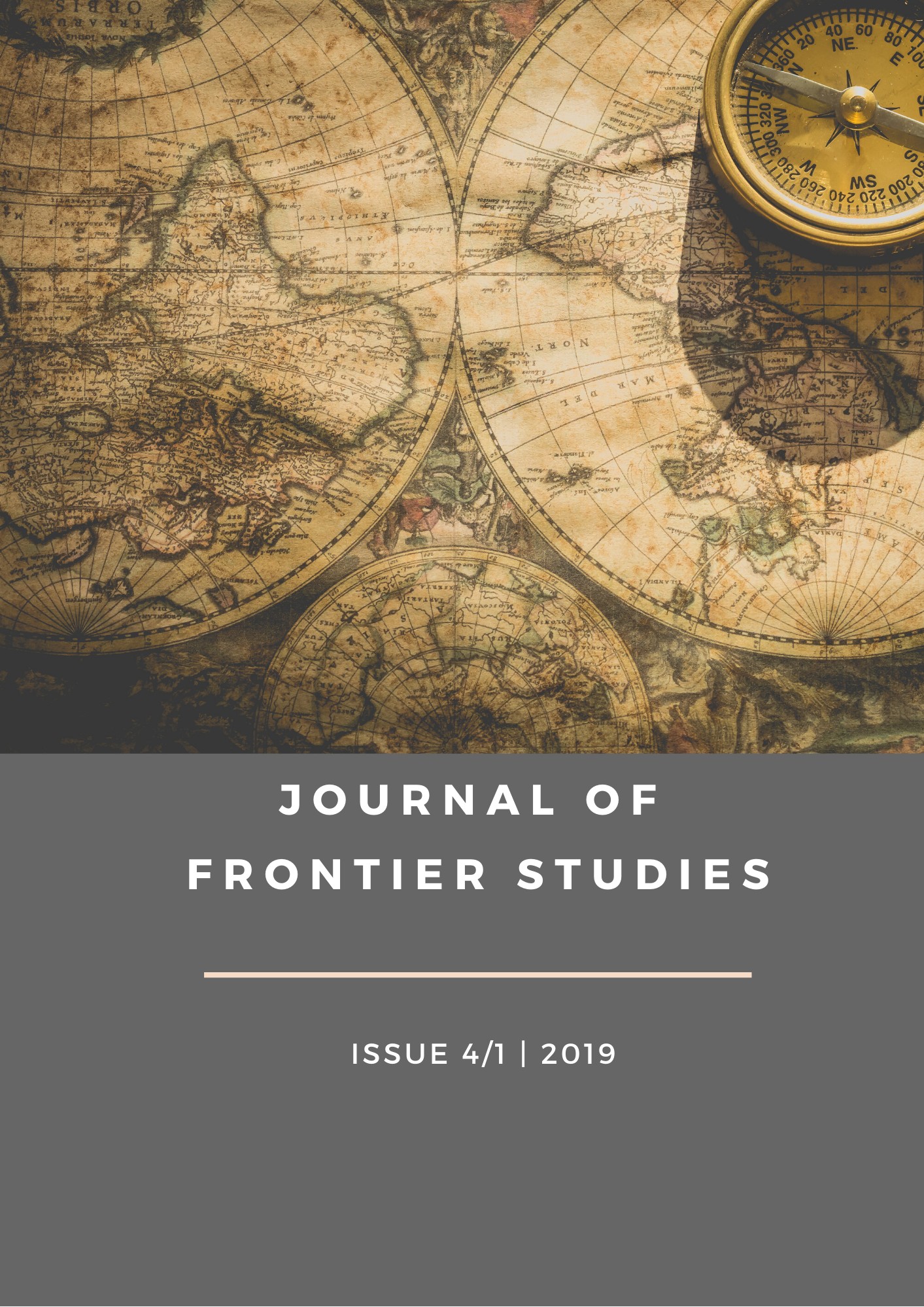Abstract
This article is devoted to the models of the Imaginative Other in the Russian segment of the Internet, obtained with the help of statistical and mathematical methods of analysis of Big Data. As a basis for the analysis, the author of the article uses the queries of Internet users, concerning the Other. All queries are grouped around the three main markers of otherness, which according to the concept proposed by the Russian historian S. N. Yakushenkov, represent the basic structures around which the image of the Alien is formed: vestimentary and alimentary codes and sexuality. The author of the article tries to supplement this concept with the fourth structure - ethno-political aspect.
According to him, these basic patterns of otherness are accumulated in the digital space of the Internet as a reflection of the Russians on this or that otherness of foreign people's culture. The collection of empirical material in large databases, their further processing and analysis can give a certain picture of the mechanisms of formation of universal images of the ethnic Alien, as it is represented by users of the Internet. Thus, researchers can get a much more objective tool when analyzing Internet requests in a particular region of the country and the world.
However, it should be taken into account that such studies should be based not only on the principles of synchronism, but also on the diachronism, as only the dynamics of requests over a longer period of time makes it possible to identify the most reliable models of otherness that are forming in a particular region or country as a whole.
References
Boyd, D., & Crawford, K. (2011). Six Provocations for Big Data. В Social Science Research Network: A Decade in Internet Time: Symposium on the Dynamics of the Internet and Society. doi: 10.2139/ssrn.1926431.
Breur, T. (2016). Statistical Power Analysis and the Contemporary «Crisis» in Social Sciences. Journal of Marketing Analytics(4 (2-3)), 61–65.doi: 10.1057/s41270-016-0001-3.
Buc, P., Keil, M., & Tolan, J. (2016). Jews and Christians in Medieval Europe: the Historiographical Legacy of Bernhard Blumenkranz. Turnhout: Brepols Publishers n.v.
Cohen, J. J. (Ed.). (1996). Monster Theory: Reading Culture. Minneapolis: University of Minnesota Press.
Data & Science: цифровые методы в гуманитарных науках. (2019). Получено из События Яндекса: https://events.yandex.ru/events/ds/02-mar-2019/
Data, data everywhere. (2011). Retrieved from The Economist: https://www.economist.com/special-report/2010/02/25/data-data-everywhere
Gruen, E. S. (2011). Rethinking the Other in Antiquity. Princeton: Princeton University press.
Hill, P. (1997). Lacan for Beginners. London.
Neumann, I. B. (1998). Uses of the Other. "The East" in European Identity Formation. Minneapolis: University of Minnesota Press.
Aliev, R. T. (2018). Vestimentary Models of the Imaginative Other. Journal of Frontier Studies (4), 76-97. doi: 10.24411/2500-0225-2018-10024.
Aliev, R. T. (2019). Image of the Other on the Internet: Ethnopolitical Aspect. Philosophy and Culture (8), 14-31. doi: 10.7256/2454-0757.2019.8.30613.
Aliev, R. T., & Yakushenkova, O. S. (2018). Alimentary Models of the Imaginative Other. Caspian Region: Politics, Economics, Culture (4), 162-170.
Bakhtin, M. (1979). Author and Hero in Aesthetic Work. In M. Bakhtin, Aesthetics of Verbal Creativity. Москва.
The Web has been Struck by Racist Stereotypes in Google Search Results. (2016, June 8). Retrieved from Lenta.ru: https://lenta.ru/news/2016/06/08/three_teenagers/
Husserl, E. (2001). Cartesian Reflections. St. Petersburg: Science.
Model Map of the Other. (2019). Retrieved from http://rastaliev.site/files/archives/markmap2.png
Correlation Matrix and Study Calculations. (2019). Retrieved from http://rastaliev.site/files/archives/matrix.xlsx
Levinas, E. (2007). Way to the Other. (E. Bakhtina, trans.) St. Petersburg: Publishing House of St. Petersburg University.
McLuhan, H. M. (2003). Gutenberg Galaxy. Kiev: Publishing house "Nika-Center".
Romanova, A. P., Yakushenkov, S. N., Khlyscheva, E. V., Kanateva, N. S., Yakushenkova, O. S. & others. (2018). Many Faces Other. Invariance of Other Images. Astrakhan: Publisher: Sorokin Roman Vasilyevich
Sartre, J.-P. (2000). Being and Nothing: A Phenomenological Ontology Experience. (V. I. Kolyadko, trans.). Moscow: Republic.
Foucault, M. (1997). Madness and Civilization: A History of Insanity in the Age of Reason. St. Petersburg.
Foucault, M. (1999). Discipline and Punish: The Birth of the Prison. Moscow.: Ad Marginem.
Yakushenkov, S. N., &Yakushenkova, O. S. (2012). Barbarian Body: Construction of the Alien’s Body on the Chinese Frontier. The Caspian Region: Politics, Economics, Culture, 4(33), pp. 233-240
Yakushenkov, S. N. (2012). The Evolution of the Image of the Other on the Example of the European Discourse on Vampires (We shall Say a Word about the Poor Vampire). The Caspian Region: Politics, Economics, Culture (2), 263-269.

This work is licensed under a Creative Commons Attribution-NonCommercial-NoDerivatives 4.0 International License.


